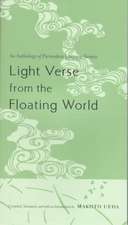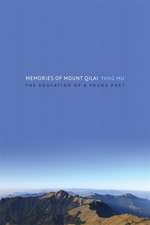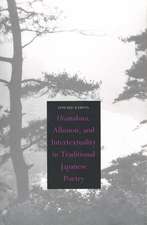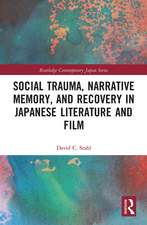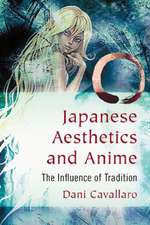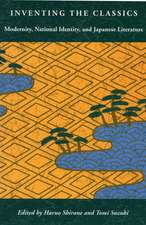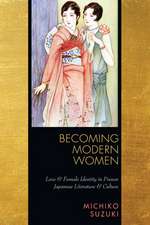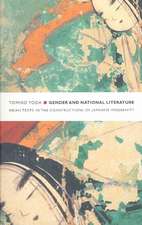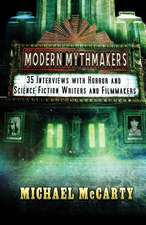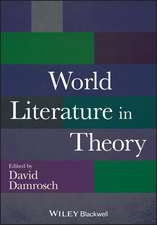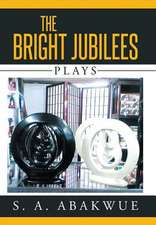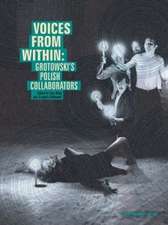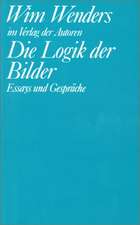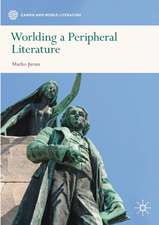Japanese Cinema: Texts and Contexts
Autor Alastair Phillips, Julian Stringeren Limba Engleză Paperback – 5 noi 2007
Studying a range of important films, from Late Spring, Seven Samurai and In the Realm of the Senses to Godzilla, Hana-Bi and Ring, the collection includes discussion of all the major directors of Japanese cinema including Ozu, Mizoguchi, Kurosawa, Oshima, Suzuki, Kitano and Miyazaki.
Each chapter discusses the film in relation to aesthetic, industrial or critical issues and ends with a complete filmography for each director. The book also includes a full glossary of terms and a comprehensive bibliography of readings on Japanese cinema.
Bringing together leading international scholars and showcasing pioneering new research, this book is essential reading for all students and general readers interested in one of the world’s most important film industries.
| Toate formatele și edițiile | Preț | Express |
|---|---|---|
| Paperback (1) | 413.57 lei 6-8 săpt. | |
| Taylor & Francis – 5 noi 2007 | 413.57 lei 6-8 săpt. | |
| Hardback (1) | 771.71 lei 6-8 săpt. | |
| Taylor & Francis – 8 noi 2007 | 771.71 lei 6-8 săpt. |
Preț: 413.57 lei
Nou
79.15€ • 85.94$ • 66.48£
Carte tipărită la comandă
Livrare economică 22 aprilie-06 mai
Specificații
ISBN-10: 0415328489
Pagini: 382
Ilustrații: 28 Halftones, black and white; 3 Tables, black and white
Dimensiuni: 156 x 234 x 27 mm
Greutate: 0.71 kg
Ediția:1
Editura: Taylor & Francis
Colecția Routledge
Locul publicării:Oxford, United Kingdom
Cuprins
Notă biografică
JULIAN STRINGER is Associate Professor in Film Studies at the University of Nottingham.
Descriere
Japanese Cinema includes twenty-four chapters on key films of Japanese cinema, from the silent era to the present day, providing a comprehensive introduction to Japanese cinema history and Japanese culture and society. Studying a range of important films, from Late Spring, Seven Samurai and In the Realm of the Senses to Godzilla, Hana-Bi and Ring, the collection includes discussion of all the major directors of Japanese cinema including Ozu, Mizoguchi, Kurosawa, Oshima, Suzuki, Kitano and Miyazaki. Each chapter discusses the film in relation to aesthetic, industrial or critical issues and ends with a complete filmography for each director.
The book also includes a full glossary of terms and a comprehensive bibliography of readings on Japanese cinema. Bringing together leading international scholars and showcasing pioneering new research, this book is essential reading for all students and general readers interested in one of the world's most important film industries.

